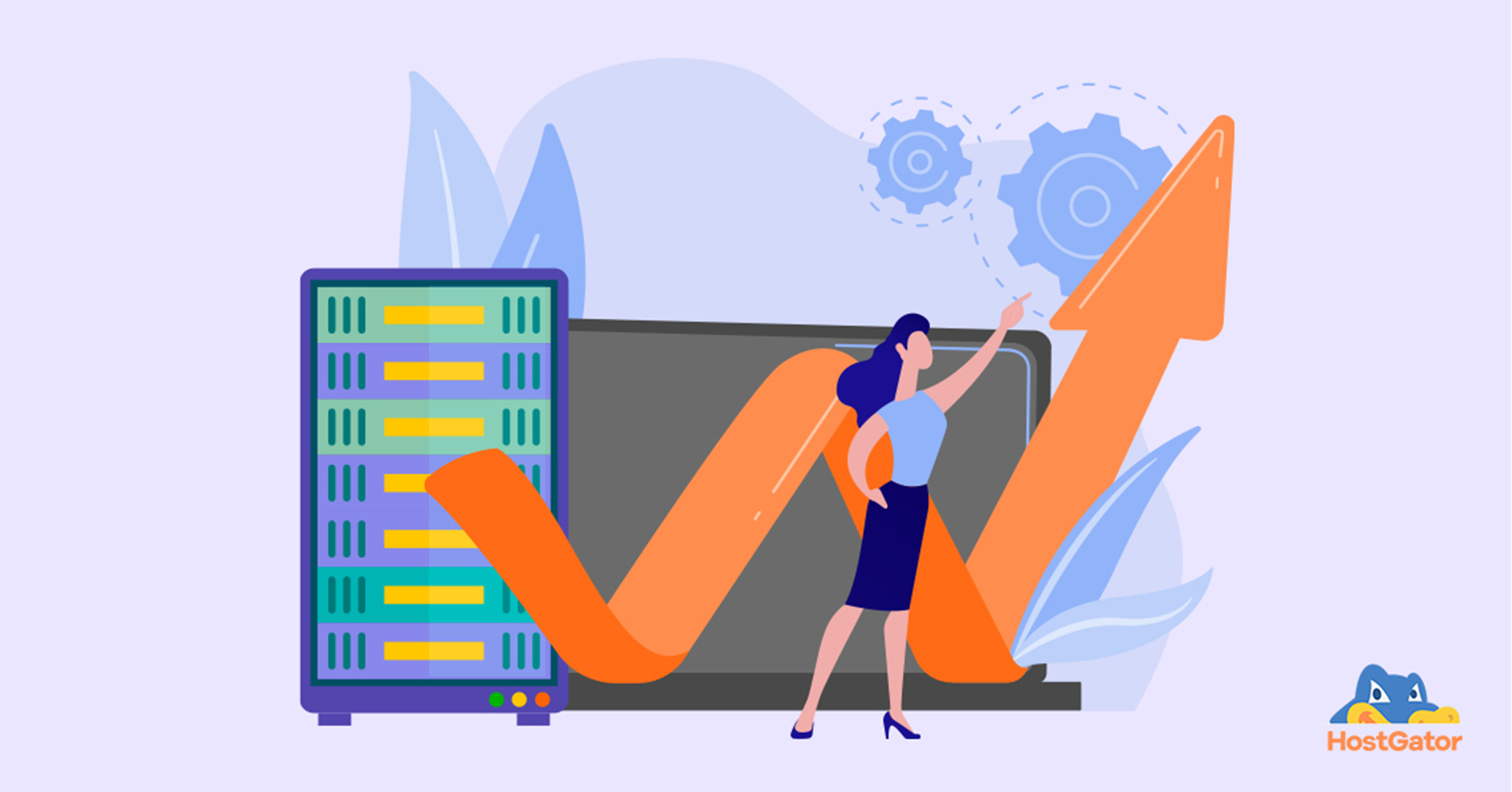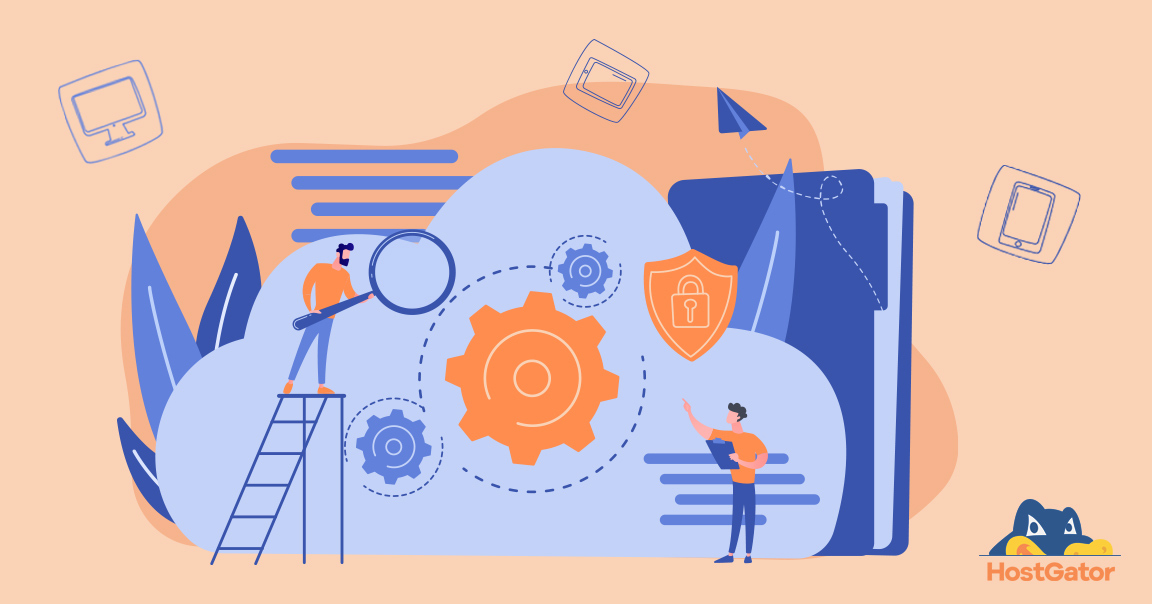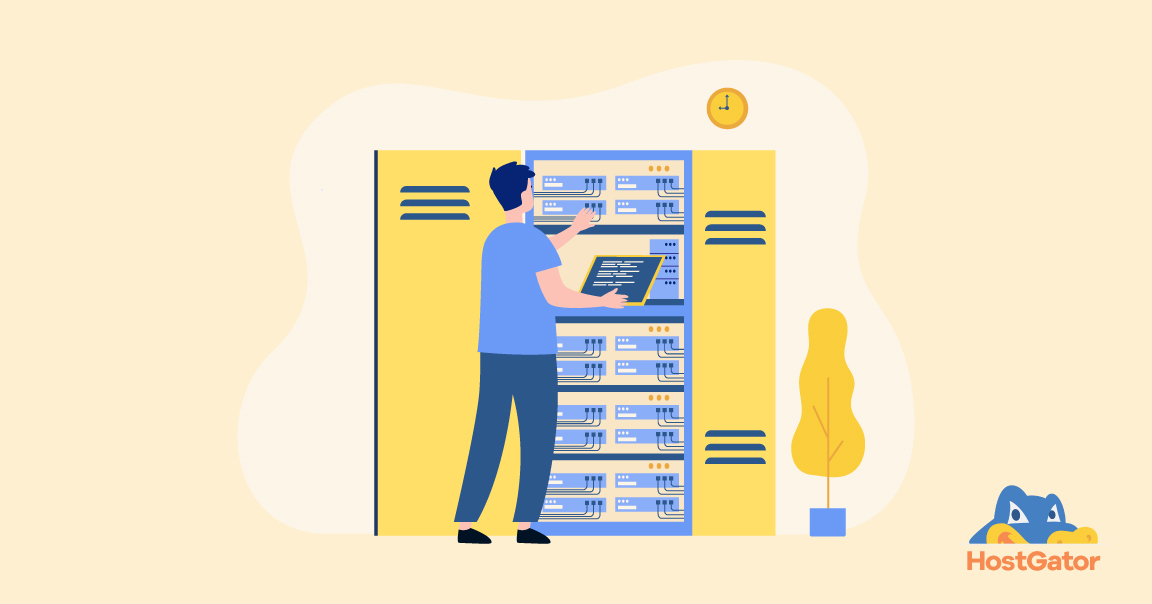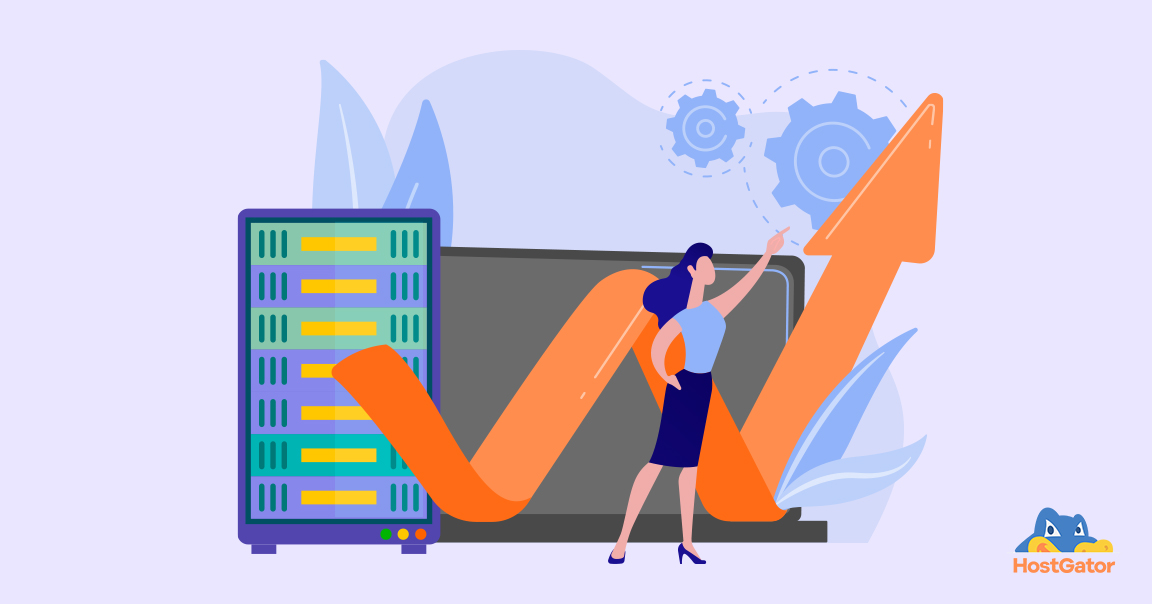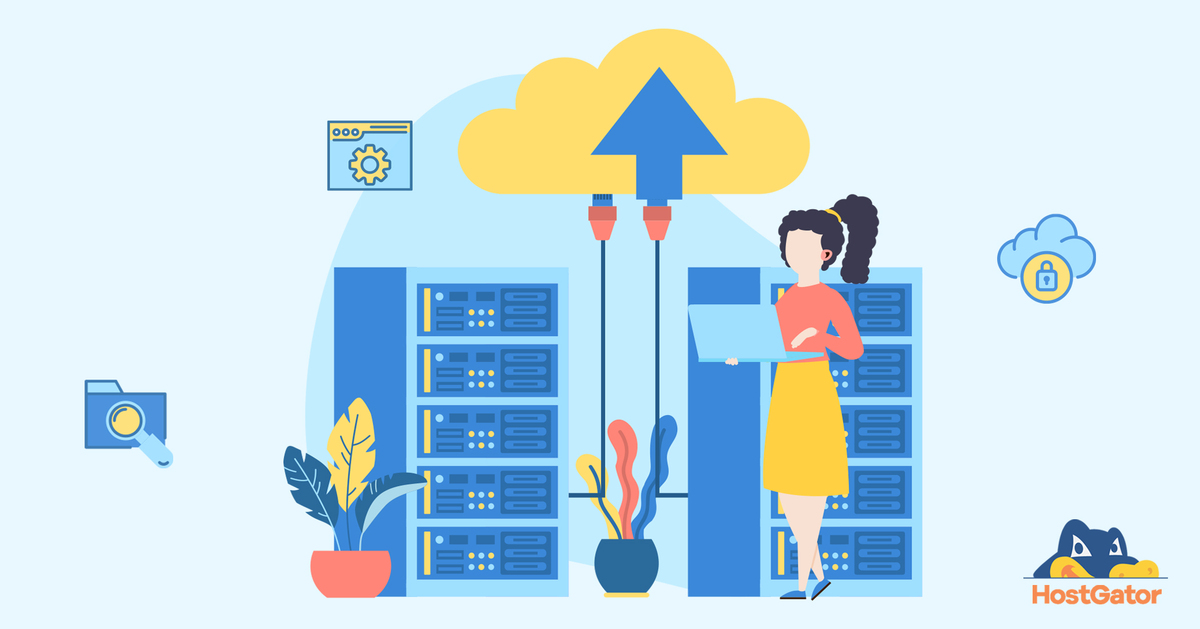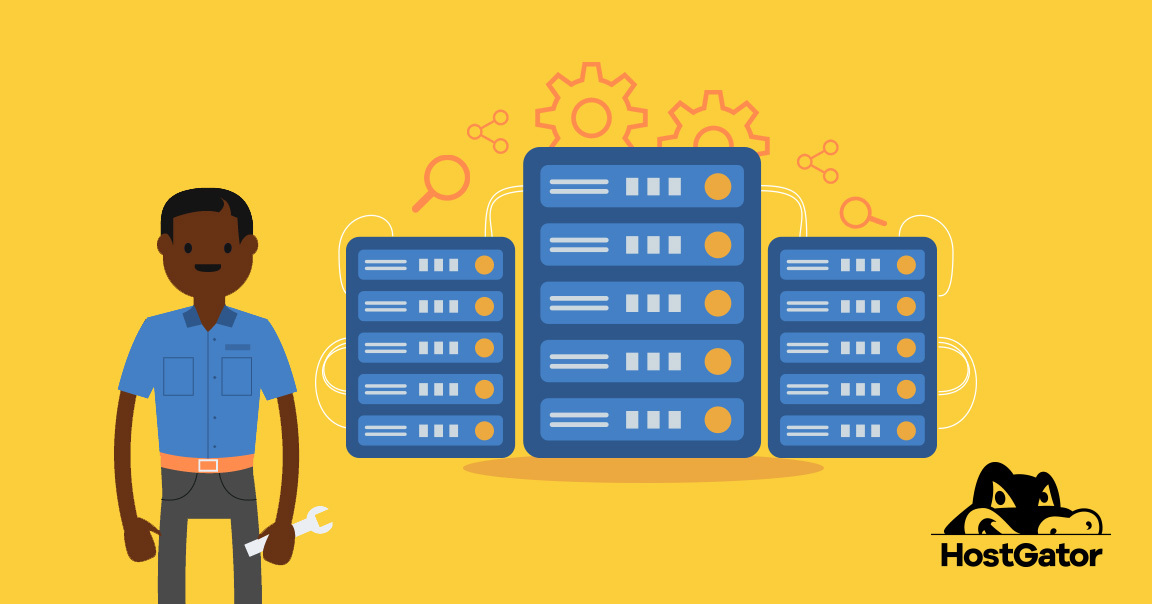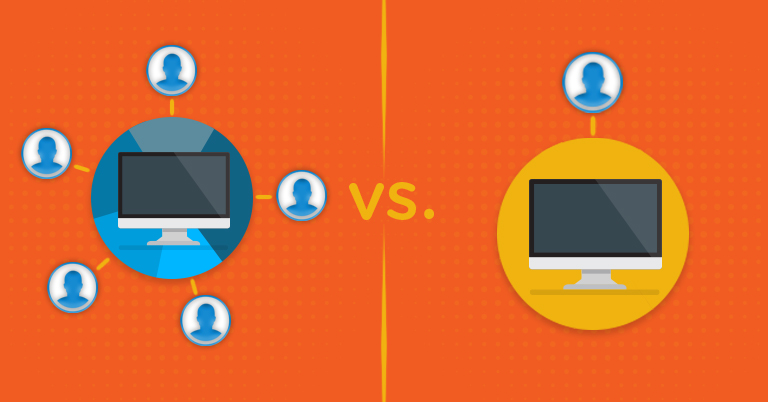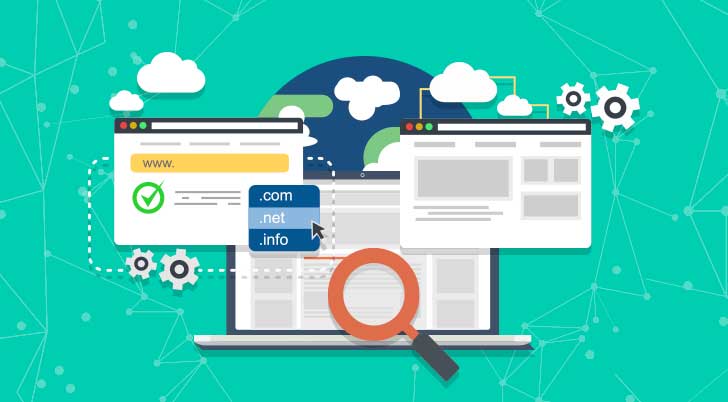 Ever thought of keeping your data in a place where you could access it easily without it crowding your phone or laptop with just an internet connection at your service? If yes, then a personalised server is the answer to all questions. Setting up your own server is simple and can help you store any type of files viz. Photos, music, documents etc. which you can then easily share with people. Depending on the size of your files you plan on storing your server speed would vary, however, you wouldn’t want a slow server would you? So let us see what all you need and how to make your own server.
Ever thought of keeping your data in a place where you could access it easily without it crowding your phone or laptop with just an internet connection at your service? If yes, then a personalised server is the answer to all questions. Setting up your own server is simple and can help you store any type of files viz. Photos, music, documents etc. which you can then easily share with people. Depending on the size of your files you plan on storing your server speed would vary, however, you wouldn’t want a slow server would you? So let us see what all you need and how to make your own server.
How to create your own server?
To start your own server at home you will need a few hardware things that are easily found in your home or max you need to take a trip to a computer shop to gather all the necessities. Be warned this is a personal server! If you are looking for a professional server to hold huge amounts of data I recommend you choose a hosting provider to cater to your needs! Coming back to the topic at hand, let us quickly see the key components required to start assembling your server.
- A dedicated personal computer
- Operating System
- Active broadband (internet) connection
- A router
STEP 1: Acquire a dedicated personal computer
Depending on the usage of your server you may select the capacity of your chosen computer. However, it is always advisable to invest in a good capacity personal computer as you may sooner or later want to upgrade your server to not just storing simple files but also sharing the said files, or storing heavy files like movies etc. after all, the performance of your computer is directly proportional to the performance and speed of your server.
Here are a few things you’ll need to check in your chosen computer:
- An Intel Pentium G2020 or a Core i3 3220 processor or anything higher
- Minimum 8 GB DDR3 RAM
- 500 GB hard drive
- CD/DVD drive to install the OS
STEP 2: Operating System
There are plenty of Operating Systems in the market today right from paid to open-source ones. Some of the common OS’s you might have heard of are Linux, Windows, RedHat, Fedora, CentOS, OpenBSD etc.
The choice of Operating System is usually dependent on what you are comfortable with. However, Linux is the most preferred choice of OS for setting up a server, after all, it is open source and most readily available. Depending on your PC edition (32-bit or 64-bit) you can choose your operating system. If you are planning to use Ubuntu, you can find it here https://ubuntu.com/ and install it directly by downloading the ISO or you can install it from your local CD/DVD drive.
STEP 3: Connect to an active internet connection
Without the internet, your computer would be just that a computer. You will need an active and high-speed internet connection to upload and download files to and from your server. Make sure to connect your server with the router over a LAN network.
STEP 4: A router with an ethernet cable
As discussed above, a good high-speed internet connection is essential when it comes to starting your own server. For that reason alone, you need to invest in a good router that operates uninterrupted 24/7 so that your server uptime is maximum.
Upgrade – Any Issues?
If you plan to upgrade your server storage to connect to a larger set of an audience then your own homemade server can pose to be insufficient for quite a few reasons. Let us have a look at them:
- Scalability: Since your server is set up on a simple home personal computer, after a particular limit you may not be able to increase the storage space. This will affect upload/download speed as your server may not be as scalable as it should be.
- Security: As your server is on LAN and not any private network your data can be exposed to security threats.
- Power failure: In case of a power failure and lack of portable power supply for a longer duration could lead to loss of server data.
- Environmental Factors: Homemade servers are prone to external environmental factors like dust and moisture which can affect the server in the long run.
Although making your own server sounds exciting and can be experimented with if you are planning to host your website or store and transfer data on a large scale it is advisable to purchase a hosting package for easy scalability and protection. Hosting options like Virtual Private Server and Dedicated Server allow you to customise your server as you see fit, at the same time providing you ample server space.
We hope this post helped you understand how to make your own server. Have you or do you plan to make your own server? If yes, do let us know about your experience in the comments section below!

